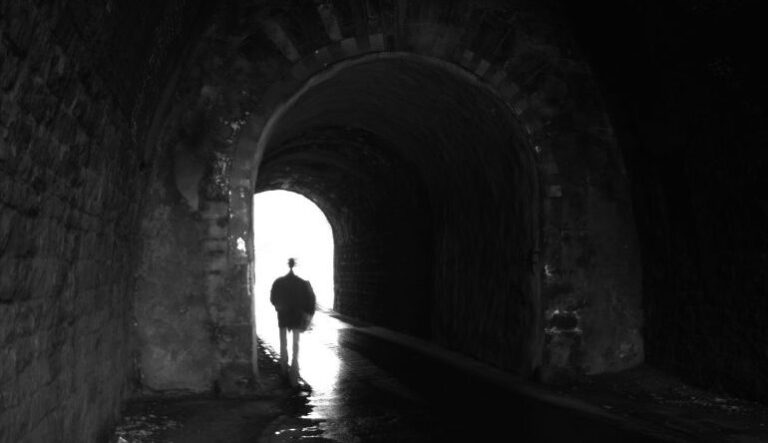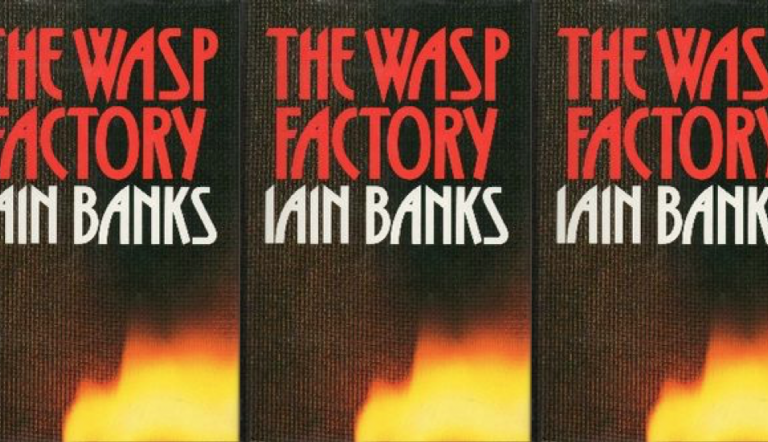Maggie O’Farrell Pulls the Curtain Back on Death
Maggie O’Farrell’s recent memoir takes its title from this allusion. I am, I am, I am tells the story of the author’s life through seventeen near death experiences.
Please note that shipping will be slower than usual for orders placed between Dec. 24-Jan. 15! Thank you for your patience.

Maggie O’Farrell’s recent memoir takes its title from this allusion. I am, I am, I am tells the story of the author’s life through seventeen near death experiences.

Sometimes silence is more powerful than words, and Flournoy uses this device deliberately throughout her story “The Miss April Houses.”

Many of us who love poetry think of metaphor as being somewhere in its DNA. Without metaphors, somehow, it seems, poetry would not be itself.

The short stories of Lydia Davis, in spite of their infamous brevity, often work on at least three levels. In the case of “Ethics,” a paragraph-long fiction that humorously interrogates the Golden Rule, the story works as a character study, a reductio ad absurdum argument, and a larger philosophical questioning.

Violence is rationalized, often via the expectation of sympathy and understanding from the very people who are most harmed by it.

When confronted with relentless male longing, there is nothing so spectacular about female flesh: human or animal, it answers to the same name.

Women’s writing is so often ghettoized and hidden from view. Women write from the private, individual “I,” while men write of the public and the universal “we.” In her newest collection, Invocation to Daughters, Filipino American poet Barbara Jane Reyes boldly and loudly refuses that division.

Since the year after the Columbine tragedy, 2000, a total of 113 novels have been published in English about school shootings. The number of novels published on school shootings before Columbine? One.

The best piece of writing I’ve ever read about The Catcher in the Rye is Charles D’Ambrosio’s “Salinger and Sobs.” The essay is about D’Ambrosio’s brother’s death by suicide and about the underlying threat of suicide that runs through so many of Salinger’s stories.
No products in the cart.